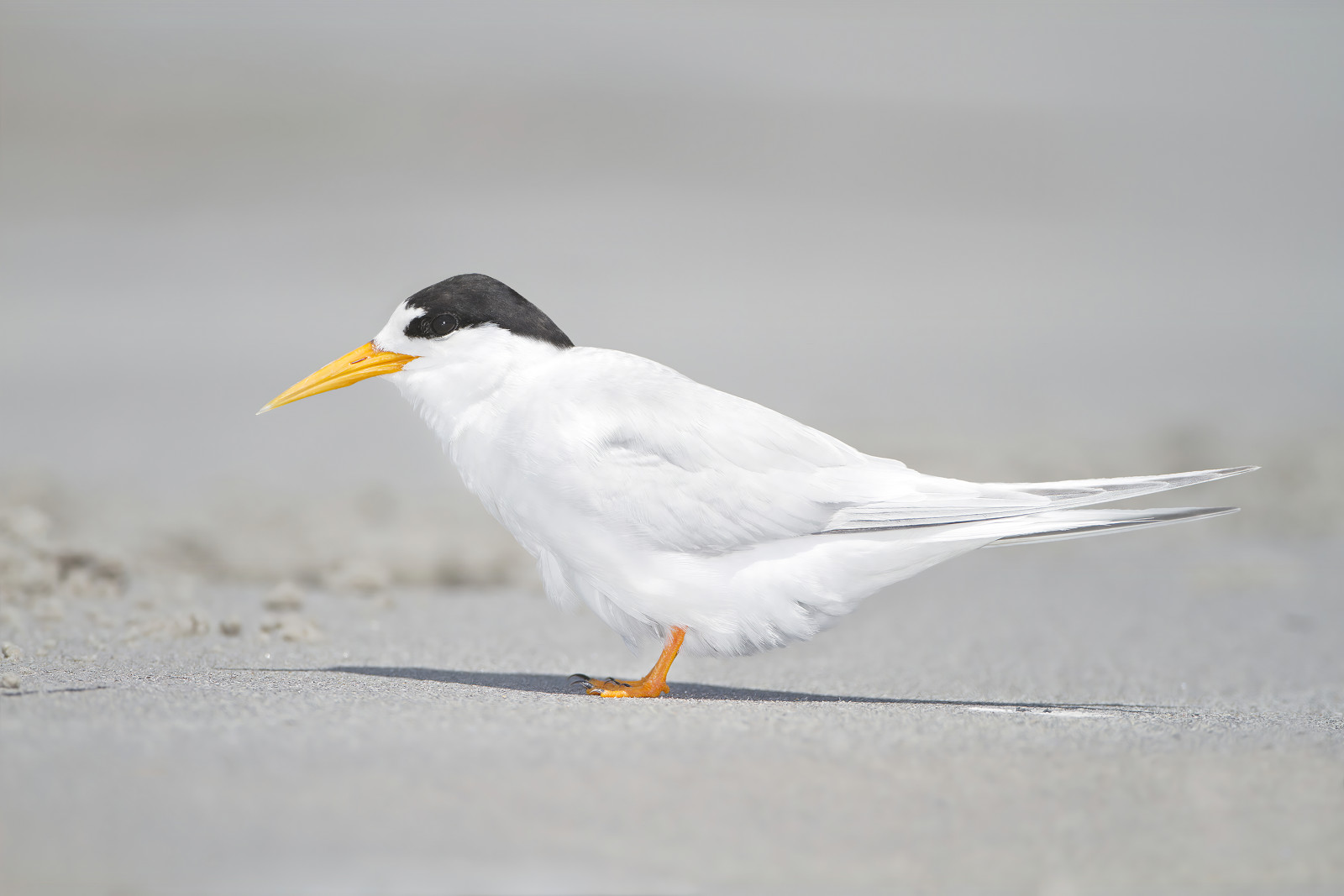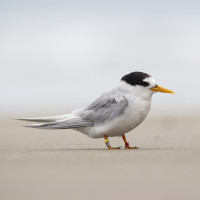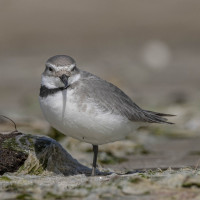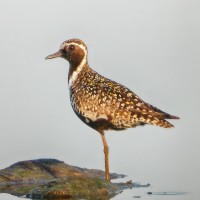Descrição
Manukapua Island is a big sandy island (4 km long, up to 1 km wide) surrounded by mudflats with several roosting sites for thousands of waders. Including many endemics such as Wrybill, New Zealand Dotterel, and South Island Oystercatcher, rare visitors and vagrants such as and , as well as for several tern species. For example, it is thewintering habitat of the endangered NZ subspecies of the Fairy Tern. It is also a special birding experience because you can only access the island by wading through the causeway.
Detalhes
Acesso
The area is remote on the Okahukura Peninsula approximately a 1h45 min drive from Auckland, partially over unsurfaced gravel roads. There is no public transport to get close. There is parking on the road about 2,5 km from the causeway, or 1 km from the causeway if the car can drive on rough unsurfaced sandy rad, or at the causeway if you have a four-wheel drive, the weather conditions are good and you feel comfortable driving over the sandy road.
The area can only be explored by foot and you should expect to get wet feet - at low tide you can cross the causeway without getting wet feet, at high tide the water is about knee high. From there you can go along/over the mudflats to the main roost on the North End or cross to the Western side of the island and walk along the sandy beach. There are further roosts near and South of the causeway.
It is recommended to time your visit to be at the North End at high tide (see link to tides table below) and to use a scope in order to keep a safe, respectful distance to the birds.
Terreno e Habitat
Lamaçais , Mar , Dunas , PraiaCondições
Plano , Arenoso , Sem sombraCaminho circular
Simé útil um telescópio?
SimBoa temporada de observação de aves
Durante todo o anoMelhor hora para visitar
VerãoRota
Estrada não pavimentadaCaminho dificil
Caminhada médiaAcessível por
PéAbrigo/plataforma deobservação de aves
NãoInformação extra
Photo Fairy Tern by JJ Harrison (https://www.jjharrison.com.au/), CC BY-SA 3.0 <https://creativecommons.org/licenses/by-sa/3.0>, via Wikimedia Commons



